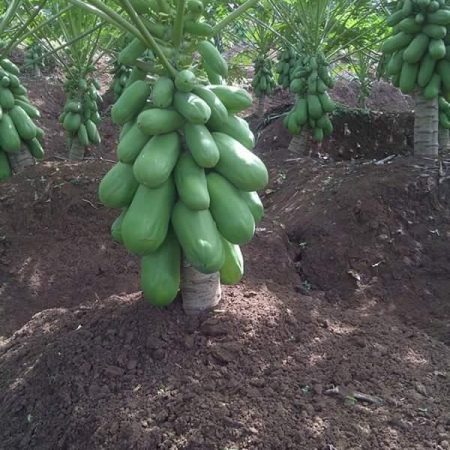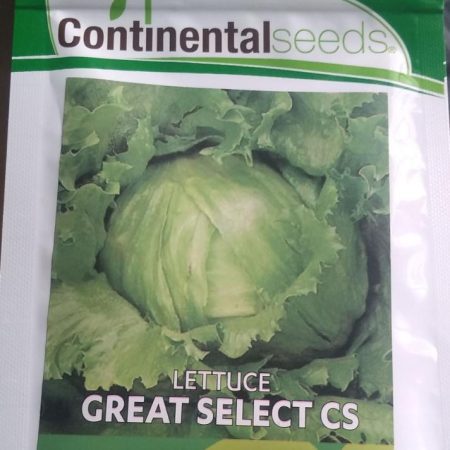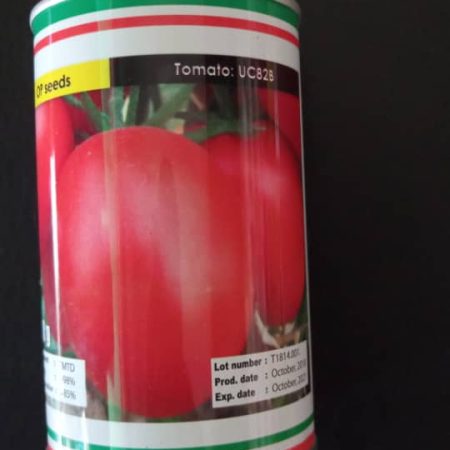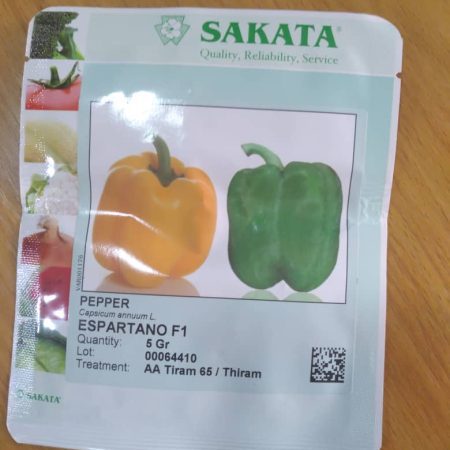₦12,000.00


₦5,000.00
Kale 1000 Headed Seeds – 25g
₦18,000.00
Kale 1000 Headed Seeds crop grows continuously and is hardy and tolerant of cold weather. It features large, appealing leaves that are dark green, smooth, and have a sturdy stem.
Kale 1000 Headed Seeds have a long picking season and develop between 90 and 100 days after planting.
Features:
Indeterminate Maturity 90 to 100 days following planting
The dark green color of the leaf
8 tonnes per acre in yield
Size of Package: 25 kg
Share:
Kale 1000 Headed Seeds
Kale 1000 Headed Seeds crop grows continuously and is hardy and tolerant of cold weather. It features large, appealing leaves that are dark green, smooth, and have a sturdy stem.
Kale 1000 Headed Seeds Attributes:
It is a leafy product that is constantly being picked.
reaches maturity 90 to 100 days after planting.
Uncertain, extremely resilient product with simple recovery abilities
Potential yield of 8 tonnes per acre
have a prolonged picking period
a leaf with a deep green color
advantages of kale
It might promote immunity.
It can be fed to animals as a feeder because the plant is highly edible.
Instead of flowers, kale is produced for its leaves.
Growing Kale From Seeds Kale grows best when well-fed, similar to cabbage.
Before planting, amend the earth with a lot of compost. If your soil isn’t particularly rich, top it up with a balanced organic fertilizer a week or two before planting to increase its richness.
Kale requires space to grow correctly. Plants should be started off in plug trays or little pots.
Multipurpose potting soil should be added to trays or pots. Apply pressure with your fingertips, then drill holes that are about 1 cm deep. Water each hole after planting two seeds. If two seedlings appear, pull off the weaker one.
Start bringing plants outside a week or so before planting so they can acclimate. Until they are left outside all day and night, leave them out for progressively greater lengths of time.
The young plants should be spaced 45 cm apart. Create a hole, place the plant inside, and then cover it with the earth. Once finished, thoroughly water the plant.
As they become established and settled, keep plants well-watered and weeded. Delete anything damaged or fading leaves immediately after they appear.
In comparison to other crops in the cabbage family, kale is typically less susceptible to a variety of pests and illnesses. However, it’s worthwhile to take a few safety measures in case of an attack.
In more humid locations, slugs can occasionally become an annoyance, but they are simple to remove by hand, and you can always place slug traps to reduce their population. Install netting-supported obstacles if you notice that pigeons are ripping at the leaves.
To harvest, twist or pull leaves away from the plant, or cut them off using a knife. Every several days, harvest by removing one or two leaves from each plant, leaving the innermost rosette of leaves alone.
Frequently Asked Questions (FAQs) about Kale 1000 Headed Seeds
What are Kale 1000 Headed Seeds?
Kale 1000 Headed Seeds are a variety of kale known for its continuous growth, hardiness, and abundant yield of large, dark green leaves.
What are the benefits of growing Kale 1000 Headed Seeds?
- Continuous harvest: You can pick leaves regularly over a long period.
- Fast maturity: Reaches maturity in 90-100 days.
- High yield: Potential yield of 8 tonnes per acre.
- Cold tolerance: Grows well in cool weather.
- Easy to grow: Requires minimal maintenance.
- Nutritional value: Kale is a good source of vitamins and minerals.
- Versatility: Can be eaten raw, cooked, or juiced.
How do I grow Kale 1000 Headed Seeds?
- Prepare the soil: Amend your soil with compost or organic fertilizer before planting.
- Start seeds indoors: Sow seeds in trays or pots 6-8 weeks before transplanting outdoors.
- Harden off seedlings: Gradually acclimate seedlings to outdoor conditions before transplanting.
- Transplant outdoors: Space plants 45 cm apart in well-drained soil.
- Watering and weeding: Keep plants well-watered and remove weeds regularly.
- Harvesting: Start harvesting outer leaves when plants are mature.
Is Kale 1000 Headed Seeds resistant to pests and diseases?
Kale is generally less susceptible to pests and diseases compared to other cabbage family crops. However, watch out for slugs and pigeons and take necessary precautions.
Only logged in customers who have purchased this product may leave a review.







Reviews
There are no reviews yet.